Restorative Dentistry
Implants
Tooth loss is something that no one looks forward to, but with the advancement of technology, the replacement process is easier than ever before. If you are missing one or more teeth, dental implants are, in many cases, the ideal choice. Dental implants are fixtures of titanium that are surgically placed into your bone. Once the implant is placed, it will need to heal or "integrate". This healing period will vary depending on the individual.
The success rate of dental implants may vary depending upon placement site, oral and systemic health, the use of tobacco products/smoking, and bone density. If there is an inadequate amount of bone, it may be necessary to place a bone graft material. The options for restoring dental implants range from conventional crown and bridge, to implant retained full or partial dentures.
As our life span increases, so does the potential for tooth loss. Implants are, in most cases, the ideal choice for single and multiple tooth replacement. Dental implants are not only a great alternative to full or partial dentures, but they may also be used to aid in the stabilization of full or partial dentures for patients with little to no lower ridge.
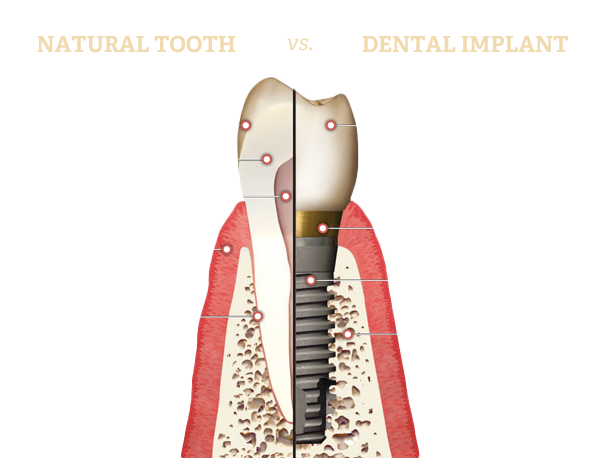
Bone & Tooth Loss
Some causes of neglecting tooth loss are: gaps in smile and diminished chewing ability, which in turn affects your complete health and diet. Below are some examples of long term effects of tooth and bone loss. 70% of the U.S. population is missing at least one tooth.
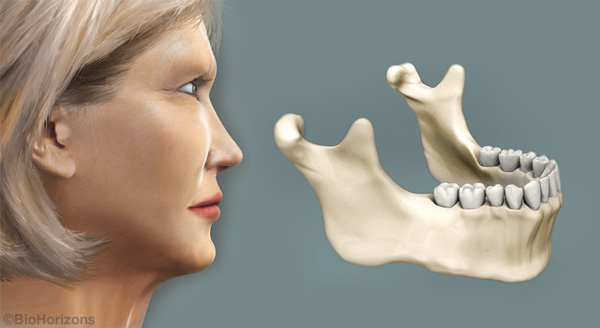
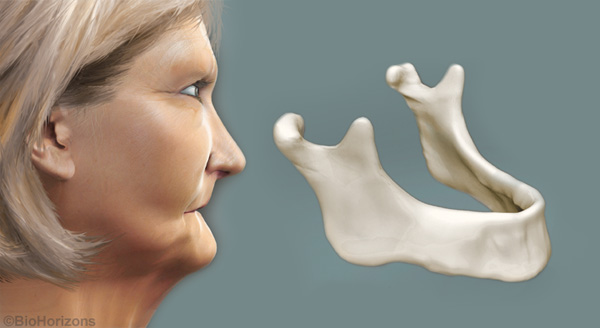
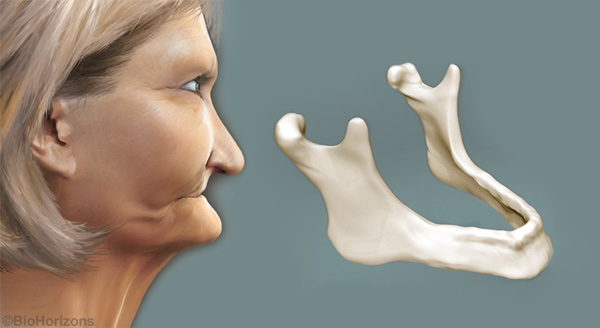
Single Missing Tooth Replacement
Providing that there is adequate bone at the site of the missing tooth, an implant can be used as a replacement.
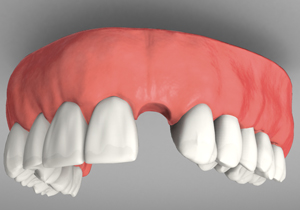
After the implant is placed in the bone, a temporary abutment is put on the implant until healing is complete. A cosmetic crown can be fabricated to fill the missing space.
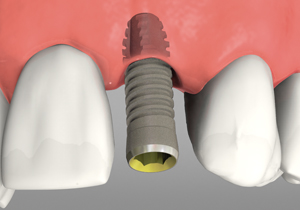
Once the healing phase is complete, a final abutment is attached to the implant. This abutment will hold a custom-made crown that will match your existing teeth.
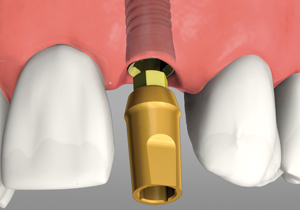
Finally, the custom made crown will be cemented onto the abutment.
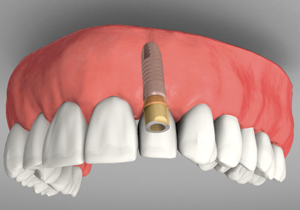



Connect with us